Palm Desert, CA
(760) 413-0186
Tankless vs. Traditional
Choosing Between Tankless and Traditional Water Heaters
When it comes to water heaters, homeowners have two main options: tankless or traditional storage tanks. Deciding which one is right for your home depends on your lifestyle, budget, and long-term goals. Tankless water heaters, often called on-demand systems, heat water only when it’s needed. This means you’ll never run out of hot water, no matter how long your shower lasts. They’re also compact and can save energy since they don’t have to keep a large tank of water hot 24/7. On the other hand, tankless systems come with higher upfront costs and may require upgrades to your home’s electrical or gas system. Traditional water heaters, which store hot water in a tank, are more affordable to install and can handle simultaneous water demands, such as running a dishwasher and a shower at the same time. However, they take up more space and are less energy-efficient, as they constantly heat water to maintain the desired temperature. If you have a smaller household or want to prioritize energy efficiency, a tankless system might be the better choice. But if you have a larger family and a tighter budget, a traditional water heater could be the way to go. A plumbing professional can help you weigh the pros and cons to find the best solution for your needs.
See Why YOur Neighbors Love CV Water Heater Pros
STILL NOT SURE?
Your Questions, Answered Explore Our FAQs
Your Questions, Answered
How do I know if my water heater needs repair or replacement?
If your water heater is producing inconsistent temperatures, making unusual noises, or showing signs of leaks, it might need repair. In the desert, sand can accumulate in the burner assembly, affecting performance. Regular maintenance can help, but if issues persist or the unit is over 10 years old, consider a replacement for better efficiency and reliability.
What issues can a camera inspection identify in my plumbing system?
A camera inspection can identify blockages, leaks, and pipe damage within your plumbing system. It helps locate root intrusions, corrosion, and misalignments, providing a clear view of hidden issues without invasive digging. This allows for accurate diagnosis and targeted repairs, saving time and minimizing disruption.
How often should I schedule sewer jetting for my home?
For most homes, scheduling sewer jetting every 18 to 24 months is recommended to keep your pipes clear and prevent clogs. However, if you experience frequent blockages or have older plumbing, more frequent jetting might be beneficial. Regular maintenance helps ensure your system runs smoothly and reduces the risk of unexpected issues.
What is a smoke test, and how does it help detect plumbing issues?
A smoke test involves introducing non-toxic smoke into your plumbing system to identify leaks and faulty connections. The smoke escapes through any cracks or openings, making it easy to pinpoint problem areas. This method is efficient for detecting hidden leaks that might otherwise go unnoticed, helping to ensure your plumbing system is secure and functioning properly.
What are the signs that my home might need re-piping?
Signs that your home might need re-piping include frequent leaks, low water pressure, and discolored water. If your pipes are old, made of outdated materials like galvanized steel, or show visible corrosion, it may be time to consider re-piping. Addressing these issues can improve water quality and prevent more serious plumbing problems in the future.
What are the benefits of installing a whole home water filtration system?
Installing a whole home water filtration system provides cleaner, safer water throughout your entire house. It removes contaminants like chlorine, sediment, and heavy metals, improving the taste and odor of your water. This system also helps protect your plumbing and appliances from mineral buildup, extending their lifespan and enhancing overall water quality for drinking, cooking, and bathing.
